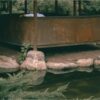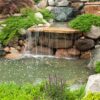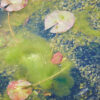Oxygenating plants for small wildlife ponds
If you have a small wildlife pond on your property, the chances are that it’s filled with aesthetically pleasing pond plants. To fully make the most out of your small wildlife pond, you need to add oxygenating plants to it, and this article is here to help you with just that!
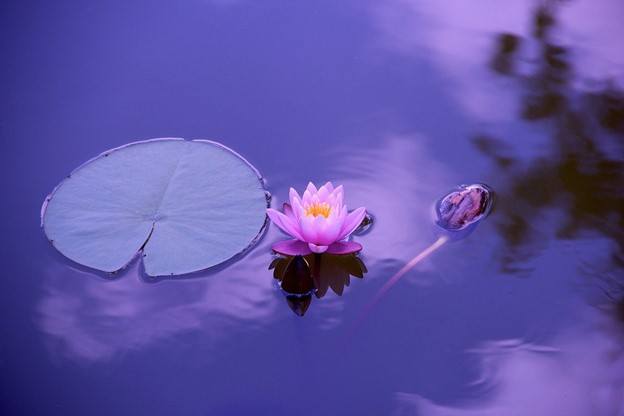
Backyard wildlife plants add an irresistible glow to your backyard and provide living and breeding grounds for the wildlife that’s out there. Oxygenating plants are definitely a ‘must-add to backyard wildlife ponds for many reasons (discussed later in the article).
What are oxygenating plants?
Oxygenating plants develop quickly and will steer a pond away from algae. They grow underwater, absorbing nutrients from the water via their leaves and emitting oxygen. As a result, they serve as a vital foundation for the natural equilibrium in a pond and are highly beneficial for keeping the water pure and healthy.
The presence of light, temperature (12-25°C), nutrients, water quality, and CO2 all influence the amount of development. If they grow poorly or do not develop at all, it is typically due to poor water quality and a lack of CO2. The likelihood of algal development will skyrocket at that point, and you don’t want that.
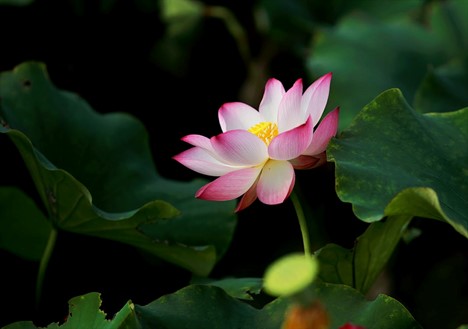
Plants for ponds – Why should I add oxygenating plants to my small wildlife pond?
Pond plants play a vital part in a pond’s ecosystem, supplying food and shelter for a wide variety of aquatic creatures thriving in them. Submerged leaves, stems, and roots provide shade and protection for aquatic larvae, while marginal plants serve as an egg-laying habitat for newts and tall stems serve as a climbing platform for dragonfly nymphs.
Furthermore, underwater vegetation keeps oxygen levels in the water stable, while floating plants covering up to two-thirds of the surface keep algae and pond weed at bay. They mostly grow underwater, generating oxygen and absorbing pollutants to help keep the pond water clean and pristine as it should be.
While adding plants to your fish pond, make sure that your pond does not have too much algae. Green algae or fibrous algae use up all the CO2 that’s inside your pond. When the algae take up all of the CO2, oxygenating plants don’t get their share of carbon dioxide. As a result, oxygenating plants start to wilt until they finally die.

The best plant combination for your pond
Pond plants are a great addition to your wildlife or fish ponds if you intend on keeping the water clear and algae-free. There are different categories of pond plants that you might need for your pond.
- Plants that provide oxygen – These plants are a significant source of oxygen inside ponds and are much needed for optimum oxygen saturation inside the water body.
- Deep Water Plants – As the name suggests, these plants grow where the water levels are deep (at least 50cm). Their roots should be submerged in soil or gravel that is at the bottom of the pond.
- Marginal Plants – These are the plants that grow around the borders of ponds. They are often cultivated on a shelf structure that keeps them in the pond’s shallow water.
You need a combination of all these three pond plant categories to make the most out of your pond.

Which oxygenating ponds to add to my small wildlife pond?
If you’re looking for the best oxygenating plants to add to your small wildlife ponds, here are some plants for ponds that you might find helpful.
1. Eelgrass (Vallisneria)
You’ve undoubtedly seen eelgrass before because it’s the most popular plant used in ponds. It’s an excellent plant for miniature wildlife ponds. It may reach a height of 6′ and offers superior oxygenation. The plant grows well in both full sun and moderate shade.

2. Water violet (Hottonia palustris)
Water violet is an oxygenating plant that grows beneath the water’s surface. Its primary roots grow directly in the mud, but it also develops silvery roots that trail in the water. It thrives in full to moderate sunlight.
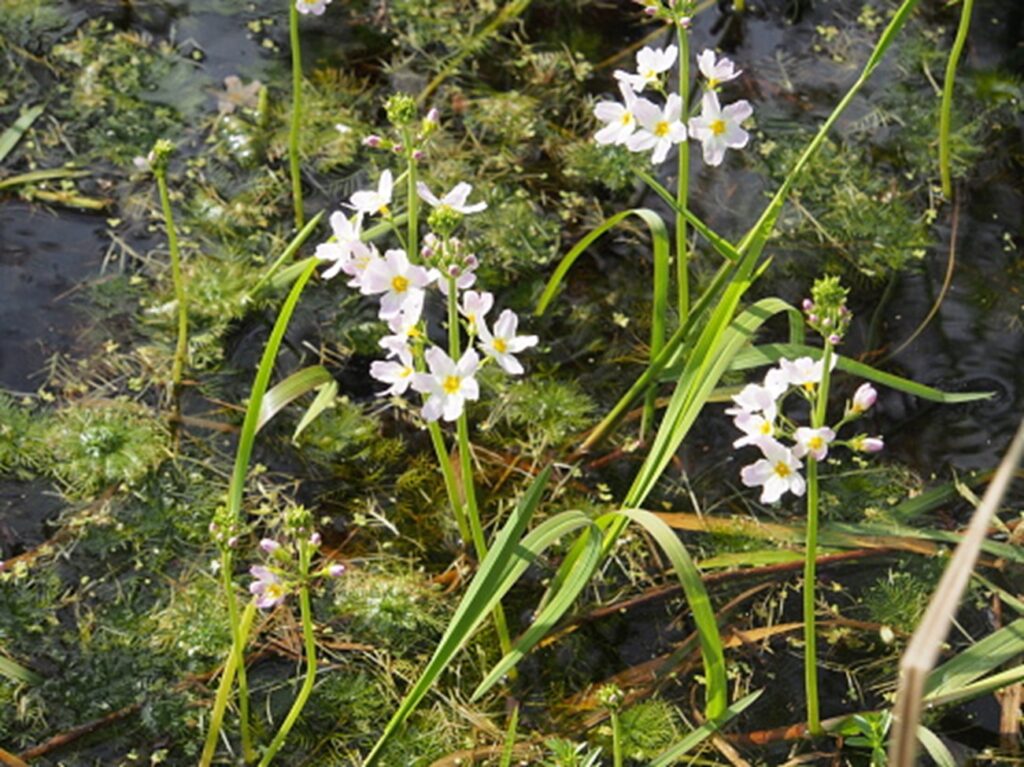
3. Hornwort (Ceratophyllum demersum)
Sitting below the surface of the water, hornwort pond plants tend to grow in massive bundles of bliss and beauty. They are pretty adaptable and quickly grow in full shade and full sunlight, both. They also provide living and breeding grounds for tadpoles and other aquatic life through their massive bunches.
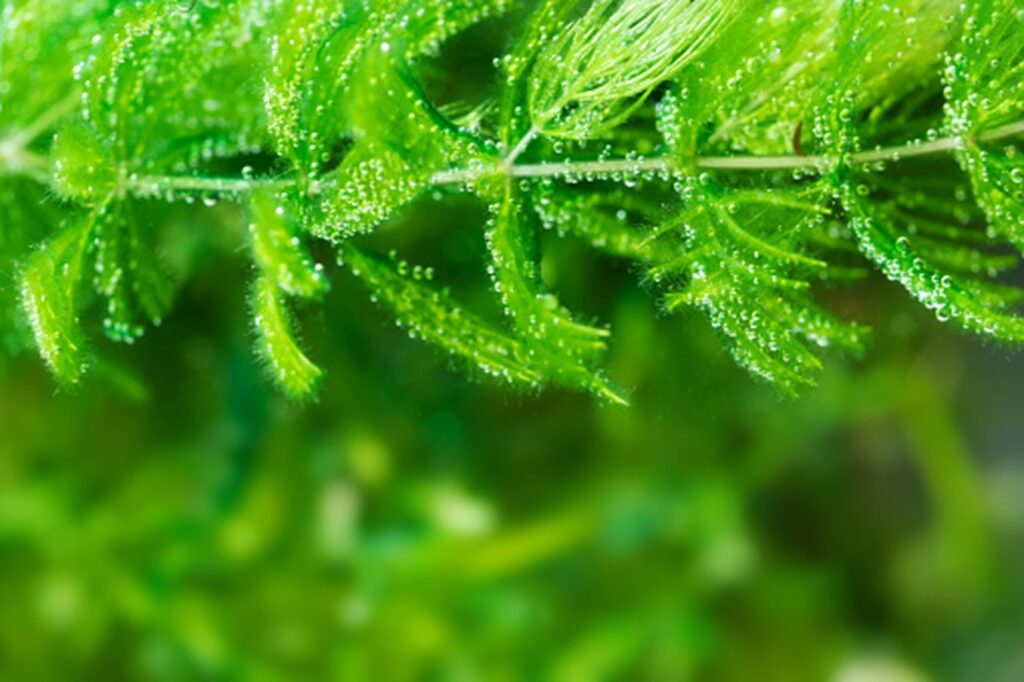
4. Spiked Water Milfoil (Myriophyllum spicatum)
The spiked water milfoil plant can grow in extremely deep water, with its feathery portions barely beneath the surface. This is an ideal environment for tadpoles and other tiny aquatic animals. During the summer, small red blooms will bloom. It will thrive in direct sunshine.
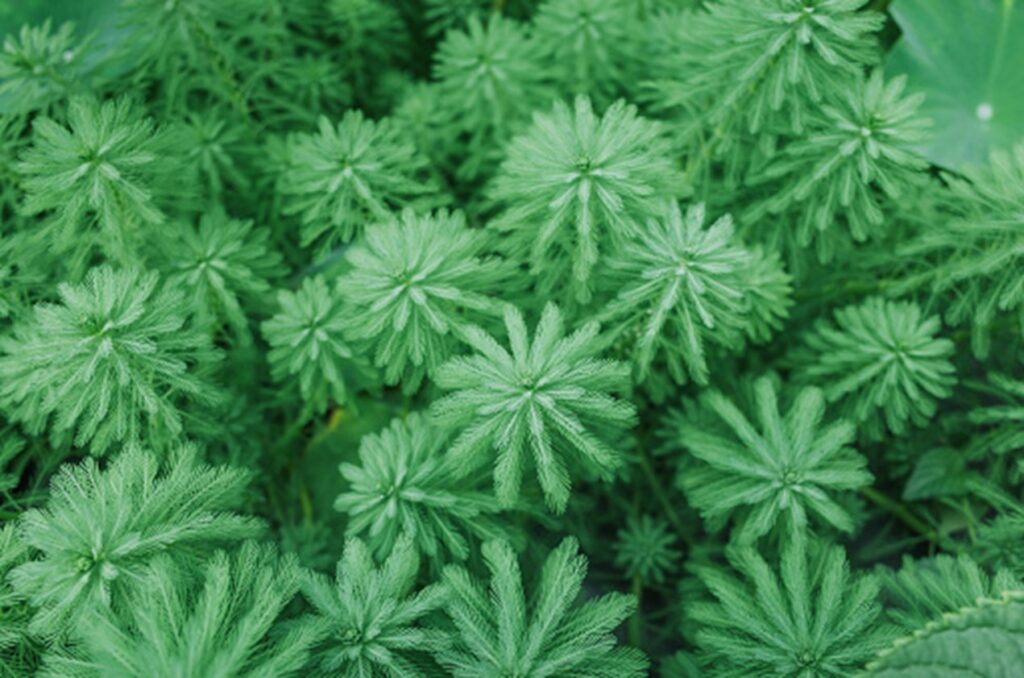
5. Water Crowfoot (Ranunculus aquatilis)
The water crowfoot is an intriguing plant since it has two types of leaves. Spiked leaves can be found beneath the water, while lobed, toothed leaves float on top of the water. It produces tiny blooms in May and thrives in full light.
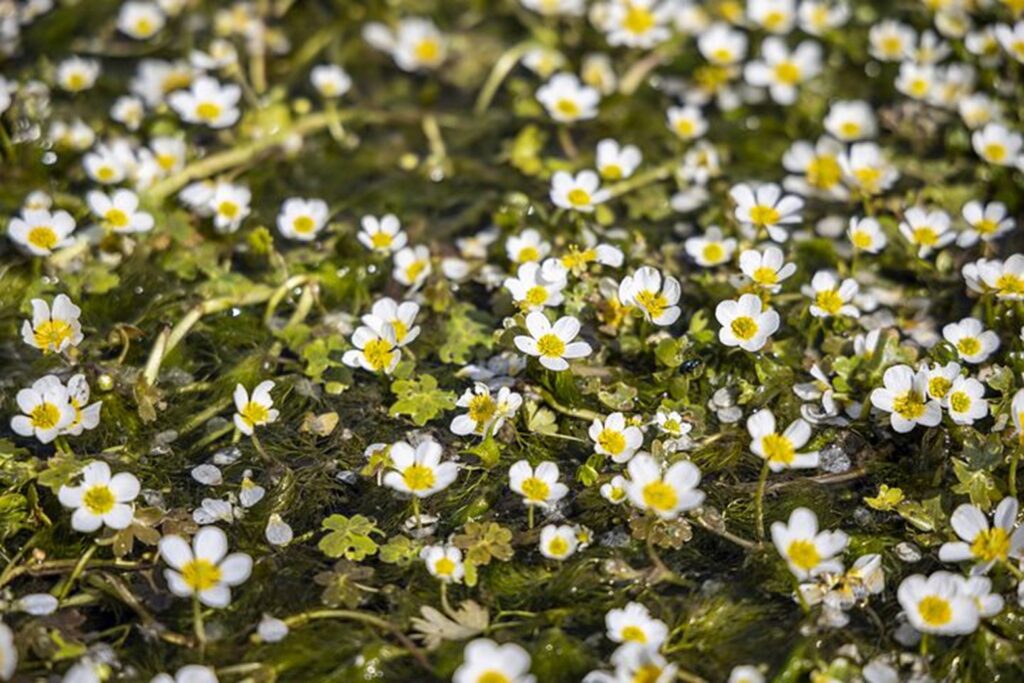
6. Water Mint (Mentha aquatica)
Despite being an outstanding oxygenating plant, water mint is classified as a marginal plant since it thrives best in shallow waters. The leaves have a pleasant aroma, and bunches of pink flowers bloom in the summer. These are attractive to bees. The plant may thrive in either full sun or partial shade.
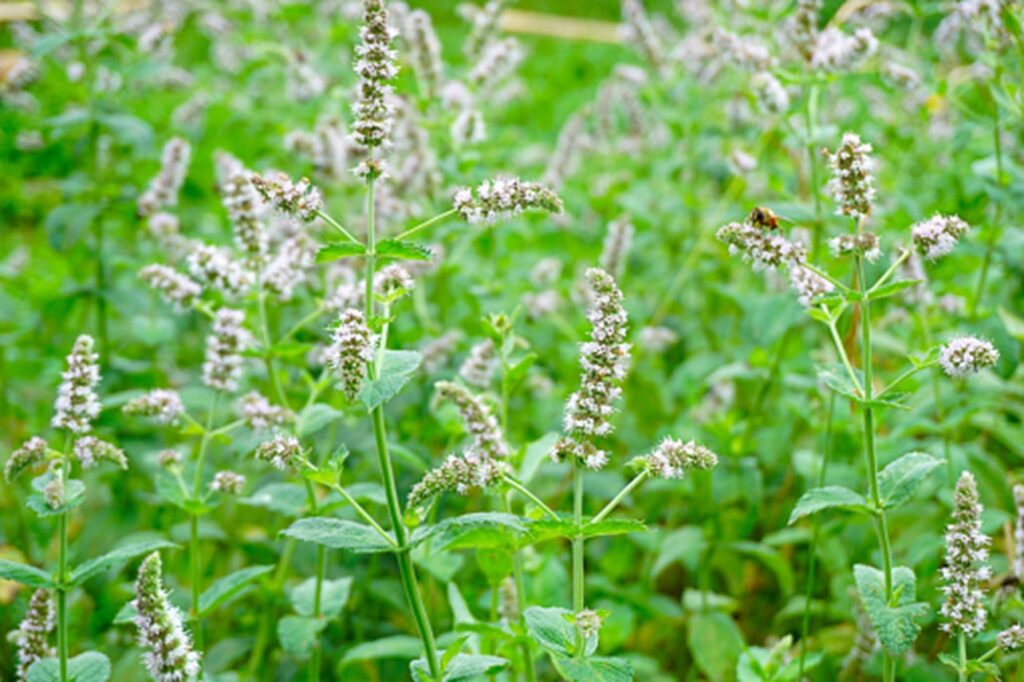
7. White Robin (Lychnis flos-cuculi)
White robin pond plants start blooming from May with tantalizingly beautiful white flowers. The ideal growing conditions for them are damp soil that is accompanied by full sunlight.
8. Red Ludwigia (Ludwigia Repens)
The color of these pond plants is spectacular, with the leaves becoming a deep crimson when exposed to bright sunshine. The red ludwigia will grow quickly after it is rooted. It can grow in water as shallow as 2″ and can thus be utilized as a marginal or deep-water plant.
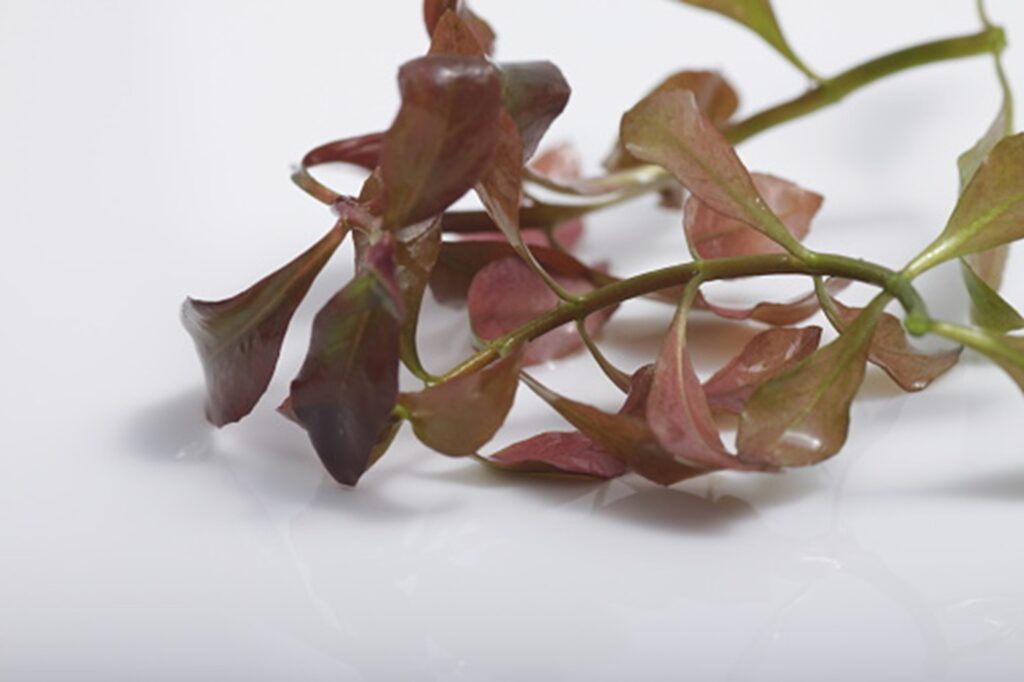
9. Water Forget-me-not (Myosotis scorpioides)
The water forget-me-not plant can be used in deep water or as a marginal oxygenating pond plant. It thrives in moist soil and may even grow underwater. It is a favorite of newts, who lay their eggs in its leaves. This plant may be grown in either the sun or the shade; it is quite adaptable.

10. Arrowhead (Sagittaria sagittifolia)
The arrowhead plant grows at water depths ranging from 10cm to 50cm. It gets its name from the form of its leaves, which resemble arrowheads, and it produces white blooms throughout the summer. It also attracts dragonfly nymphs and other pollinators.
One thing to keep in mind about this plant is that the deeper you put it, the bigger the leaves will be. It thrives in deeper water and can tolerate both direct sunlight and moderate shade.
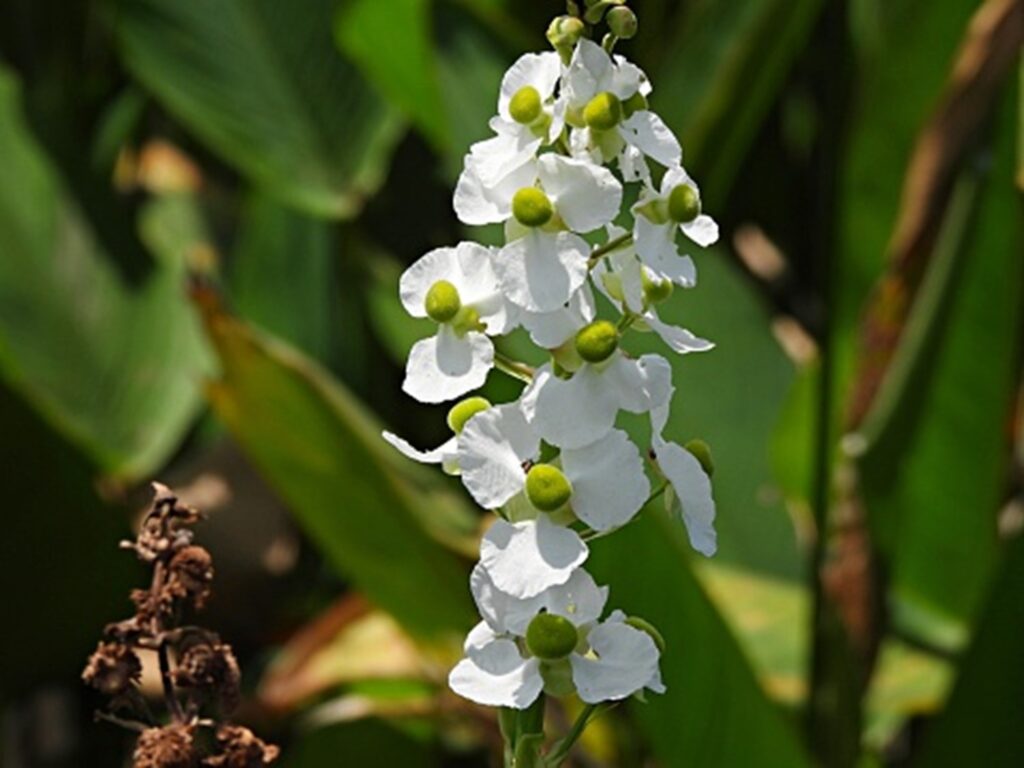
11. Brooklime (Veronica beccabunga)
These pond plants grow very fast and bloom with blue flowers with a white center. It grows best along the pond’s edge, where it will blend in with the surrounding landscaping. Newts will use the leaves to deposit their eggs. They can grow easily in both shady and sunny regions.
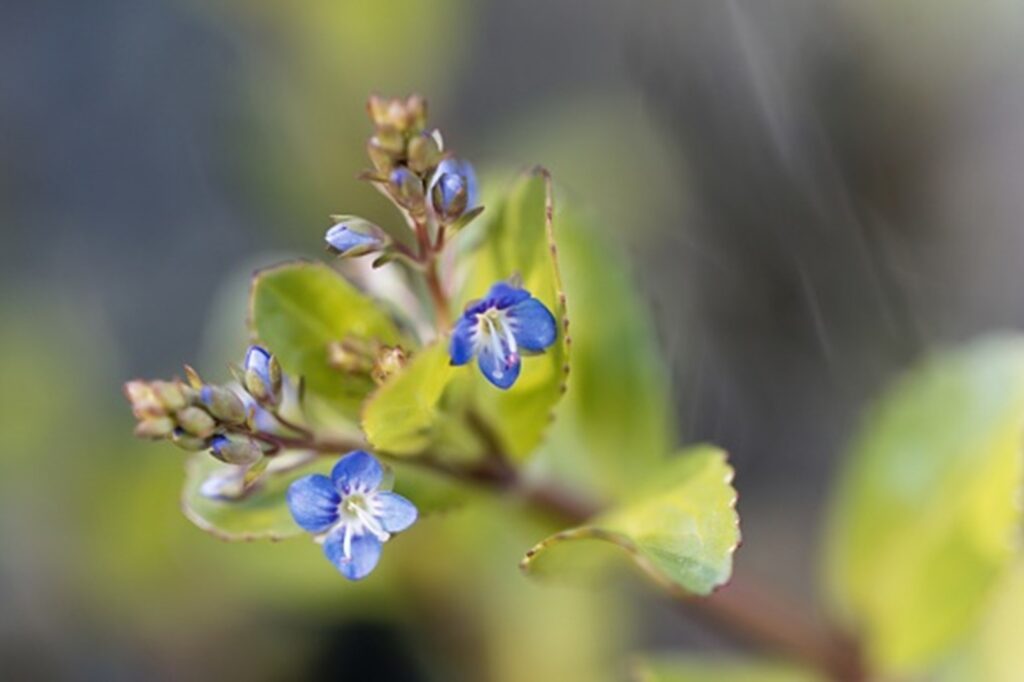
12. Marsh woundwort (Stachys palustris)
Marsh woundwort is a marginal plant for ponds that grows with pikey violet flowers. They require full sunlight to thrive and attract a lot of insects and bees.
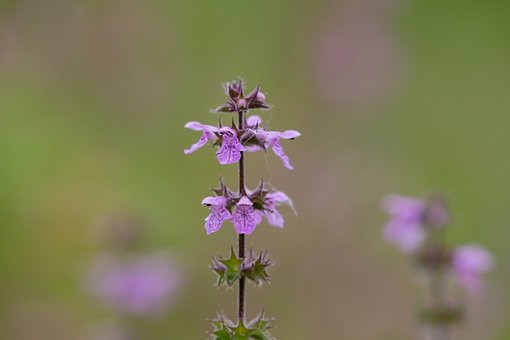
Oxygenating plants and seasons
Usually, an oxygenating plant that you select will not produce oxygen throughout all seasons. Just like other flowering plants, oxygenating plants too have seasons of oxygen peaks and troughs. Because of this, you should alternate between different oxygenating plants to make sure that your pond always has optimum oxygen saturation levels. Not only that, an absence of oxygenating plants will skyrocket algae blooms inside your wildlife pond.
Water-crowfoot (Ranunculus aquatilis) is advised for spring and winter, whereas hornwort (Ceratophyllum demersum), pondweed, or waterweed is chosen for summer and fall.
While considering the number of oxygenating pond plants, you should plant 3 bunches of oxygenating plants per square meter, thus in an 8 square meter pond, there should be 21 bunches of plants. Planting various kinds of pond plants is also a good idea for optimal variety. Don’t be tempted to add topsoil to the pond; doing so will simply contaminate the water.
Placing oxygenating plants in your small wildlife pond
Once you’ve chosen the oxygenating pond plants you’d be embellishing your wildlife pond with; it’s time to put these oxygenating plants inside your pond.
The first step in putting oxygenating plants in your ponds is to spread a layer of sand or gravel at the bottom of your pond. You can even work with clay pellets; your plants just need something to dig their roots into as pond liners stop pond plants from rooting.
Due to the limitations imposed by the pond liner, you can also make use of baskets to plant plants around the corners of your pond. Once you’ve done that, it’s time to test your pond water quality. Your pond water should be rich in minerals and carbon dioxide. Also, there should be no algae in your pond as it hampers the growth of oxygenating plants by using up all the carbon dioxide.
Once your pond is finished, you should leave it alone for 4 weeks to allow microorganisms to grow. A freshly built wildlife pond will lack them at first, resulting in an insufficient supply of CO2. Ideally, your plants should be put in the pond between April and June, when they are in full bloom.
Caring & maintenance for oxygenating plants
Caring for your oxygenating pond plants should be part and parcel of your pond maintenance routine. It would be best if you often pruned your oxygenating plants while removing dead leaves at the same time. If you don’t remove dead leaves on time, they’ll eventually fall out and sink to the bottom of your pond, contributing to pond sludge.
Every once in a while, you can also add a bit of fertilizer to boost the growth of your oxygenation pond plants.
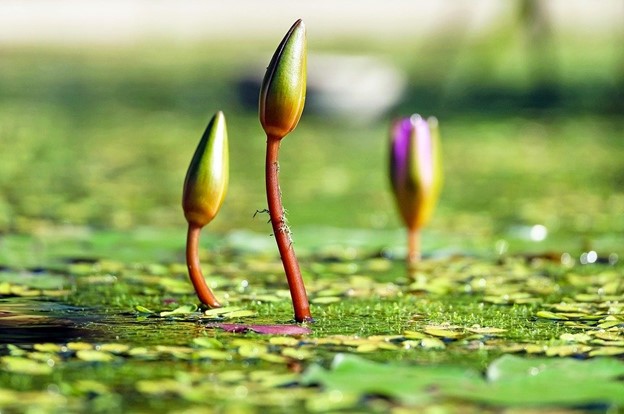
Bottom Line
Oxygenating plants for ponds not only are a great addition in terms of beauty but also prove efficacious in saturating your pond with oxygen. Oxygenating plants should definitely be added to your wildlife ponds if you intend to keep your pond water clear and algae-free.
By now, you must have an idea of which pond plants you’re going to plant inside your pond. Happy planting!
FAQs
How many oxygenating plants do I need for a small pond?
We advise that you plant three bunches of oxygenating plants per m2. For example, if your pond is a 2m by 4m rectangle, its size will be around 8m2. As a result, you’ll need 24 bunches of oxygenating plants.
Do wildlife ponds need oxygenating plants?
Pond plants play a vital part in a pond’s ecosystem, supplying food and shelter for a wide variety of animals. When selecting native plants for your pond, make sure you have a decent mix of oxygenating, floating, and marginal plants to provide habitat and cover for all levels of water.
How do you oxygenate a small pond?
An air pump is a simple technique to introduce oxygen to the pond. It will pump air through a tiny hose to an air stone at the pond’s edge, causing bubbles to enter the water. When the bubbles breach the surface of the water, oxygen is introduced. However, if you’re not ready for that, you can rely on nature and let oxygenating plants do the work for you.
Can you put too many plants in a pond?
While plants are an essential and valuable component of a natural environment, having too many can pose problems for pond owners. It may even kill the wildlife in your pond, and beat your purpose of a wildlife pond, altogether.
How much of a pond should be covered by plants?
We recommend that you aim for plants covering 50-75 percent of the water’s surface. Don’t spend a bunch on plants to cover that space; they grow and extend at an astounding rate.
_______________________________________________________________________
Aquigarden is reader-supported by Adsense & Amazon LLC. When you buy throug links on our tips site, we may earn an affiliate commission. Learn more. Aquigarden is a participant in the Amazon Services LLC Associates Program, an affiliate advertising program designed to provide a means of sites to earn lead fees by linking to Amazon.com
We only give our own opinion. We only give our own opinion. We do not accept any liability. We recommend that you always call in a professional in pond & pool.


